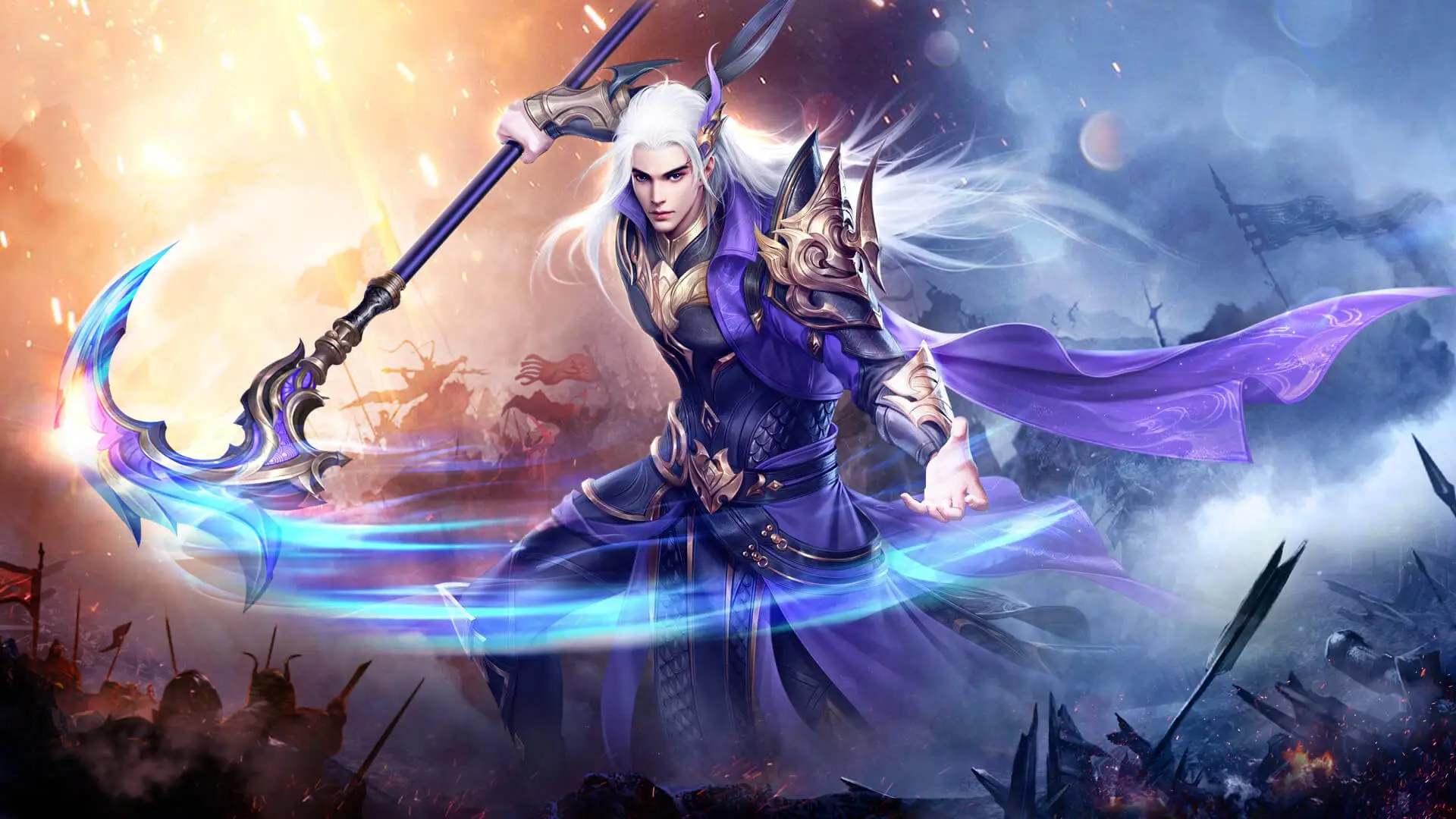Deep Game News: Insider Tips and Secrets
The world of gaming is vast, complex, and constantly evolving. For the average player, it's a source of entertainment and community. But for those of us who live and breathe this digital realm, there's a deeper layer—a world of insider knowledge, hidden mechanics, and industry secrets that profoundly shape the experiences we have. This is Deep Game News, your guide to going beyond the patch notes and into the heart of what makes games tick.

Cracking the Code: The Psychology of Player Retention
Ever wondered why you can’t put a game down, even when you feel you should? It’s rarely an accident. Game developers employ sophisticated psychological principles, often referred to as "player retention mechanics," to keep you engaged.
One of the most powerful is the Variable Reward Schedule. Popularized by B.F. Skinner's experiments and perfected by mobile and live-service games, this principle states that rewards delivered at unpredictable intervals are far more compelling than predictable ones. Think of the random loot drops in Diablo or the surprise element in a Fortnite loot llama. Your brain releases dopamine not when you get the reward, but in anticipation of it. The uncertainty is what hooks you.
Another key tactic is the Endowed Progress Effect. This is when a game gives you artificial head start towards a goal to motivate you to complete it. A common example is a battle pass that instantly grants you 5 tiers upon purchase. You’re more likely to invest time to finish it because you feel you’ve already made significant progress and don’t want to waste it. Understanding these mechanisms isn't about cynicism; it's about conscious play. You can now recognize why you feel compelled to log in daily and can make a more informed choice about your time.
The Hidden Language of Game Design
Games communicate with players through subtle cues, a language often unnoticed but always obeyed. This is known as Environmental Storytelling and Signposting.
Level designers are masters of guiding your attention without you realizing it. They use light, color, and architecture to subconsciously direct your path. In a dark dungeon, the only lit torch will draw your eye towards the correct path. In a sprawling open world like The Legend of Zelda: Breath of the Wild, the gentle slope of a hill or a uniquely shaped tree might be placed to guide you towards a secret. The next time you play, stop and analyze the environment. You’ll start to see the "invisible hand" of the designer gently pushing you in the right direction, making you feel like a genius explorer when you were following a carefully laid trail all along.
Furthermore, audio design holds immense secrets. The music in a game like Silent Hill or Dead Space uses infrasound—frequencies barely audible to the human ear—to generate feelings of anxiety and dread. Your conscious mind doesn't process it, but your body certainly does. This is why a hallway can feel terrifying even when nothing is there.
Insider Development Secrets
The journey from concept to finished game is filled with cuts, changes, and clever workarounds.
Content Gating is a standard practice, but not always for the reasons players think. A developer might lock a powerful weapon or ability behind a late-game quest not just for balance, but because it was the last thing they finished coding. It hadn't been thoroughly tested, so placing it late in the game minimized the risk of game-breaking bugs affecting the critical path.
Another open secret is the use of "Placeholder" Art. The iconic art style of a game is often the last piece of the puzzle. For months, developers might be playing a world made entirely of grey cubes, temporary models, and programmer art. The famous "Grey Box" level design phase is where the core gameplay is rigorously tested and refined without the distraction of final graphics. This proves a crucial point: if a game isn’t fun to play as a grey box, no amount of visual polish will save it.
The Meta: Secrets of the Competitive Scene
For competitive games, the "meta" (most effective tactics available) is the true hidden layer of the game. It’s a constantly shifting landscape dictated by top players and pros.
Insiders know that the meta is often shaped by unintentional "Emergent Gameplay." A developer might design a character or weapon with a specific role in mind, but players discover an unintended synergy or strategy that becomes overpowered. The developers then have a choice: nerf it (reducing its power) and enforce their original vision, or embrace it and balance the game around this new, player-discovered style. Following pro players on streaming platforms like Twitch is the best way to see these strategies evolve in real-time, often weeks before they trickle down to the public.
How to Become an Insider Yourself
You don’t need a developer's NDA to access this world. Here’s how to dig deeper:
- Data Mine Responsibly: Some communities delve into game files to uncover unused assets, hidden dialogue, or clues about future content. While controversial, it’s a primary source for the deepest game news.
- Follow the Right People: Don’t just follow big gaming news outlets. Follow individual developers, level designers, and narrative writers on Twitter and LinkedIn. They often share fascinating post-mortems and insights into their process.
- Analyze Patches: Don’t just read what was changed; ask why it was changed. A nerf to a specific character often reveals what strategy was dominating high-level play.
- Play Critically: Next time you play, actively deconstruct your experience. Why did you take that path? Why did that moment feel so tense? You’ll begin to see the intricate clockwork behind the beautiful facade.
The world of games is richer and more deliberately crafted than it appears. By seeking out these insider tips and secrets, you transition from a passive consumer to an active participant, appreciating the immense artistry and calculated design in every frame. The deepest secrets don’t spoil the magic; they reveal a different kind of magic altogether.












